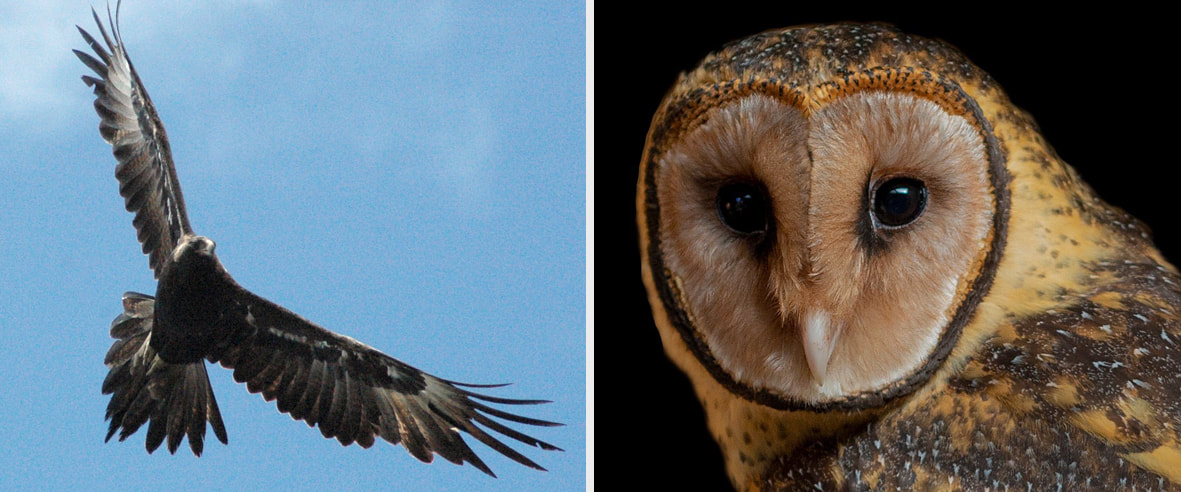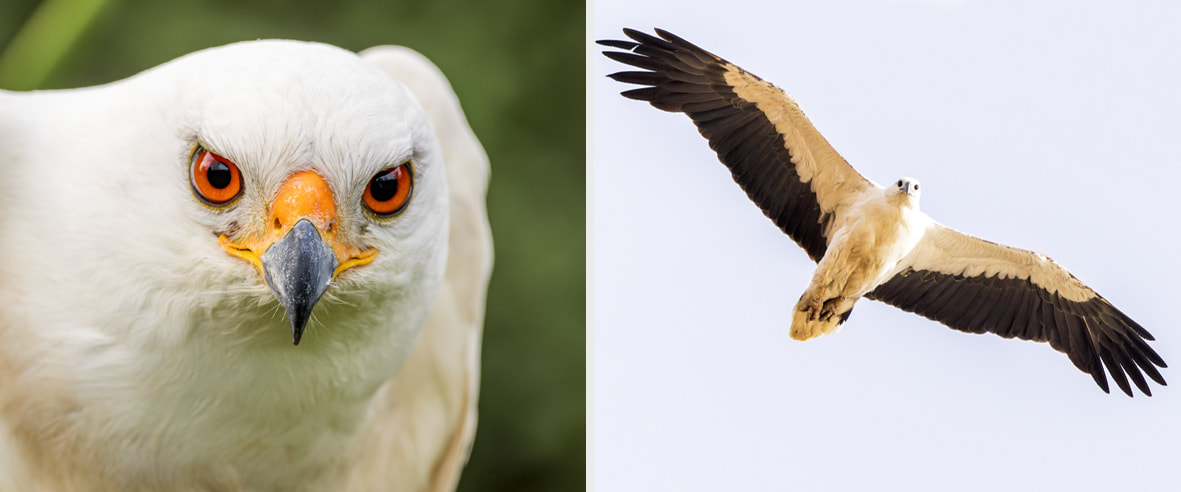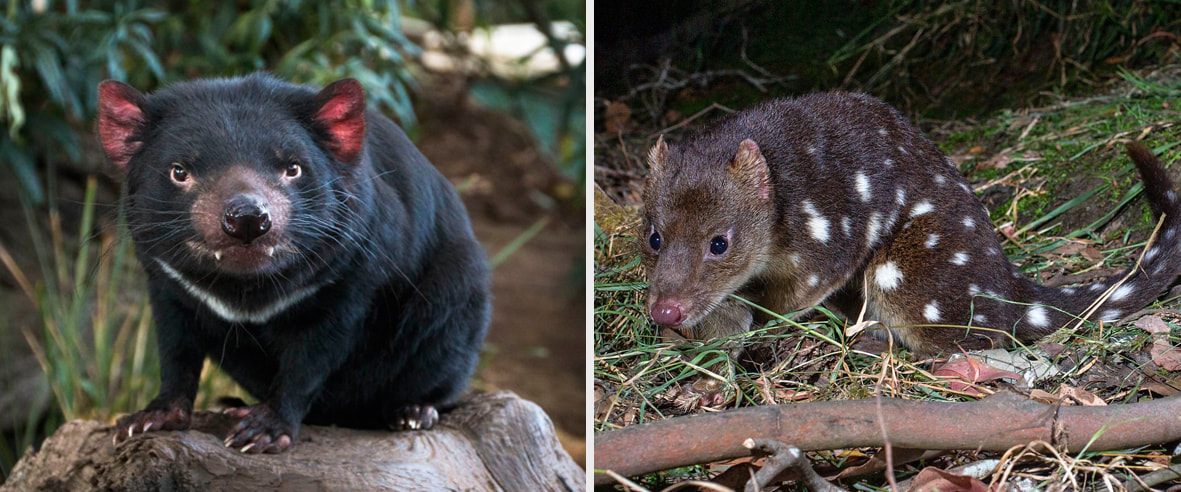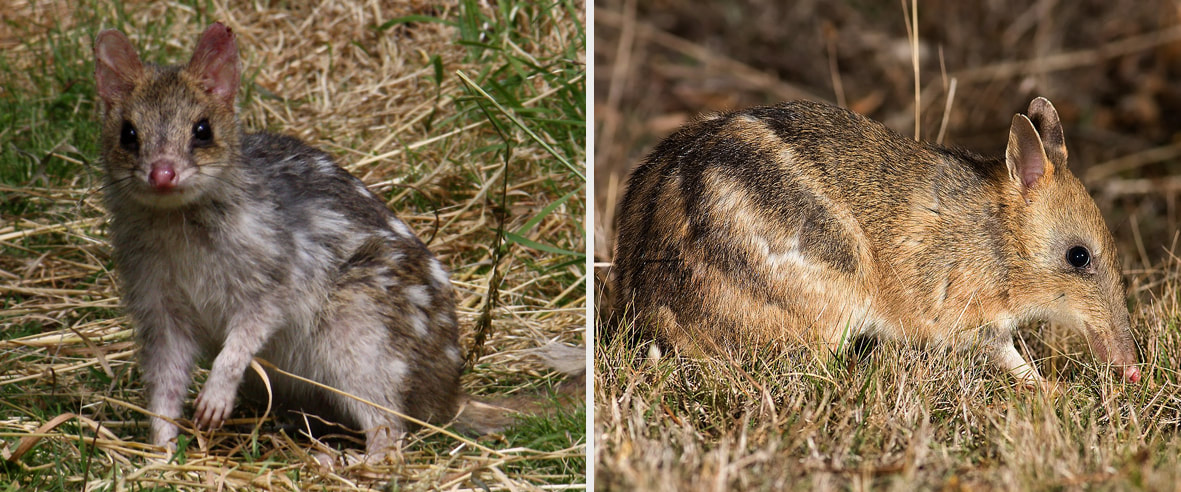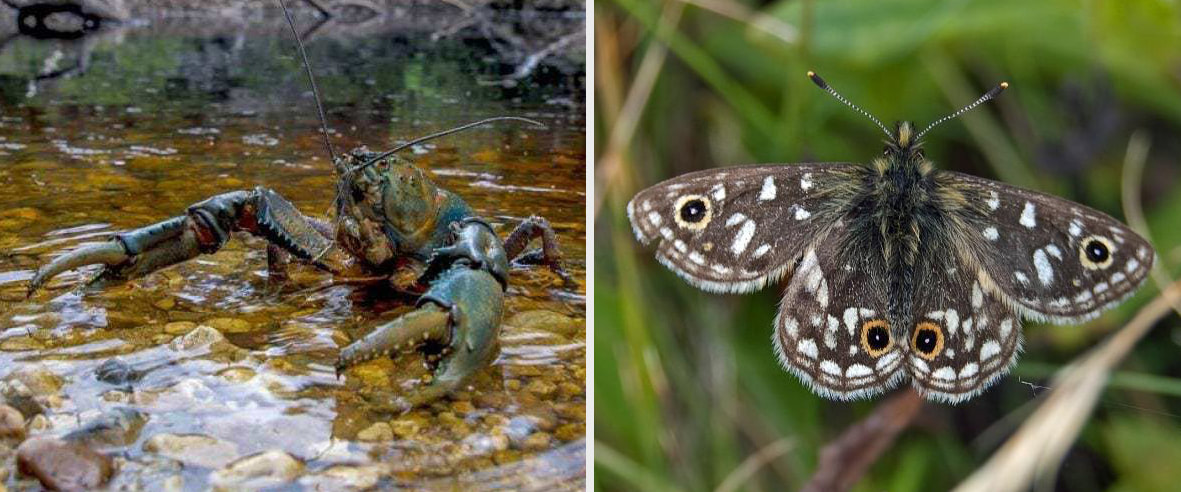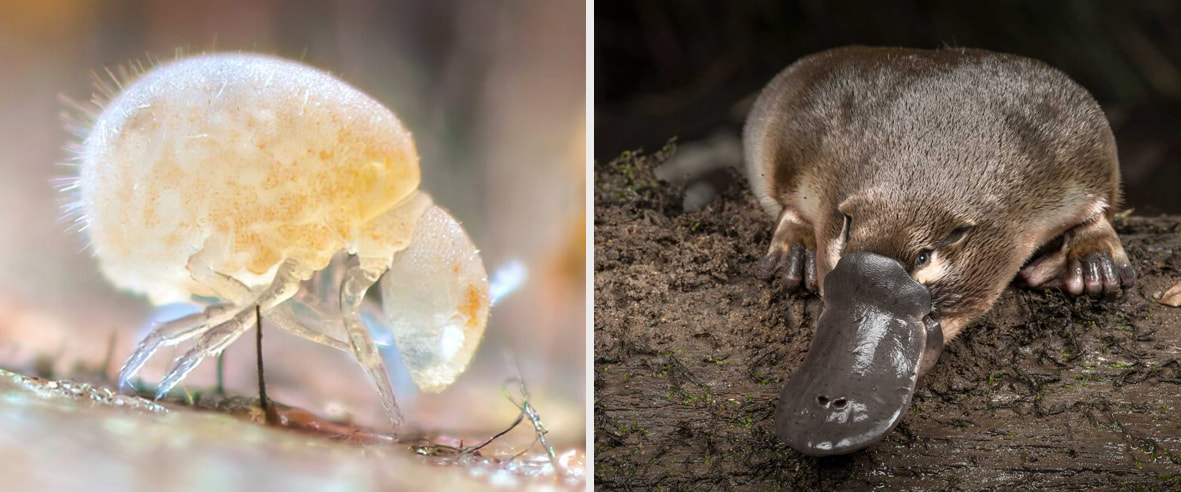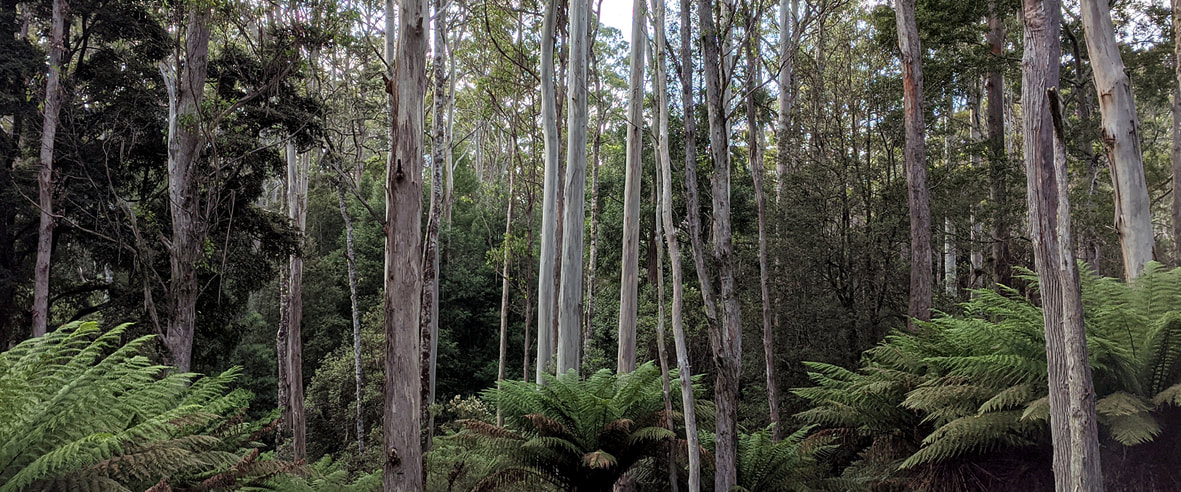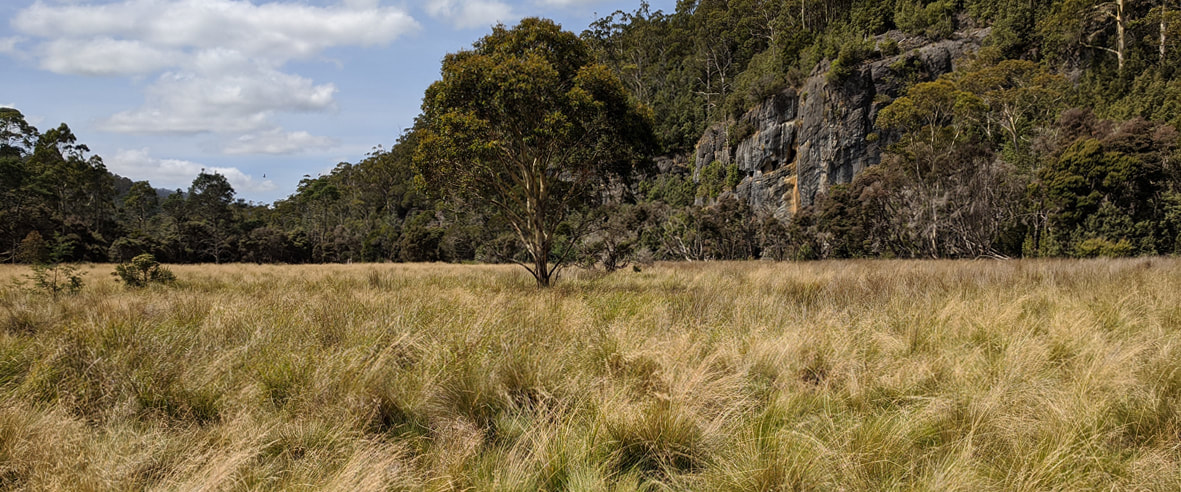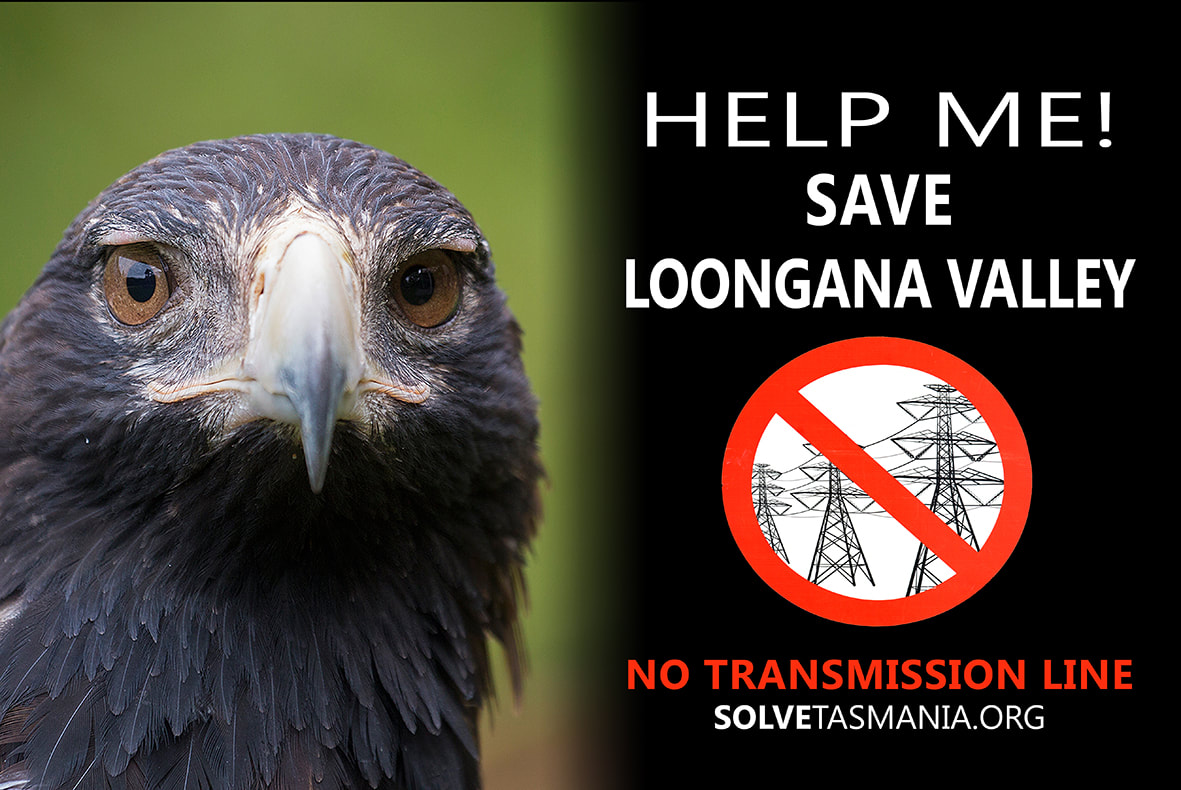WHAT'S AT RISK FROM TASNETWORKS NEW OVERHEAD TRANSMISSION LINE?
In brief - our wild forests and every critter who lives in them. Loongana Valley is full of diverse forest habitats, interconnected refuges for Tasmania's most threatened species, all of which are in rapid decline.
|
Bulldozing a giant transmission line through Loongana is the cheapest option for TasNetworks, but the most destructive and costly to our environment and community.
|
